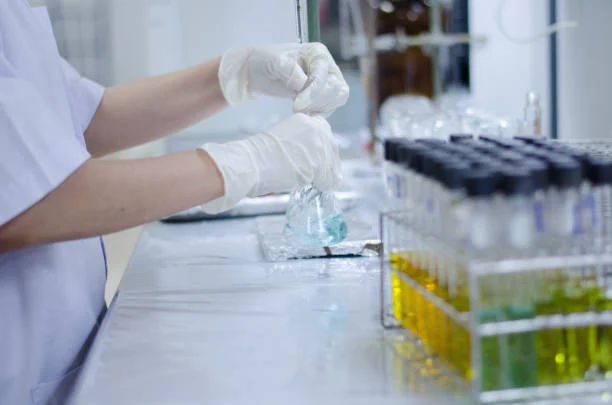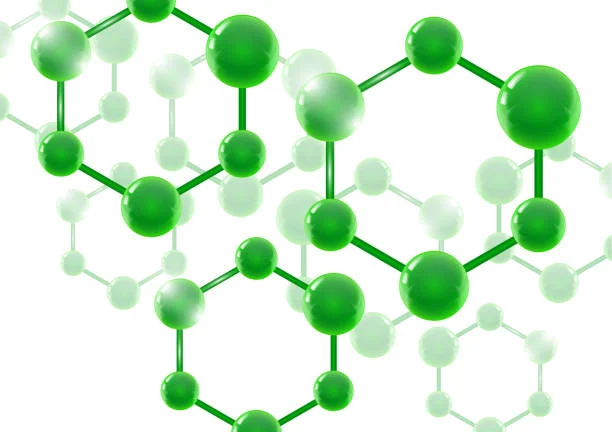
Introduction
Titration analysis of sodium cyanide is a crucial method in analytical chemistry, especially in industries such as mining, electroplating, and chemical manufacturing. However, the presence of various interfering substances can significantly affect the accuracy and reliability of the titration results. Understanding these common interferences is essential for obtaining precise and trustworthy data.
Metal Ions as Interfering Substances
Heavy Metal Ions
Heavy metal ions like copper (Cu²⁺), zinc (Zn²⁺), and nickel (Ni²⁺) can form stable complexes with cyanide ions. For example, copper ions react with cyanide to form copper cyanide complexes such as [Cu(CN)₂]⁻ and [Cu(CN)₄]³⁻. These complex formation reactions consume cyanide ions, leading to an underestimation of the actual Sodium Cyanide content during titration. In electroplating solutions, which often contain copper and zinc along with Sodium cyanide, this interference can be particularly pronounced.
Iron Ions
Iron ions (Fe³⁺ and Fe²⁺) can also interfere with sodium cyanide titration. In an acidic medium, Fe³⁺ can react with cyanide ions to form various iron - cyanide complexes, such as the well - known Prussian blue - like compounds. These reactions can consume cyanide ions and disrupt the stoichiometry of the titration reaction between silver ions (commonly used in cyanide titration) and cyanide ions. Additionally, in the presence of oxygen, Fe²⁺ can be oxidized to Fe³⁺, further complicating the interference situation.
Anionic Interferences
Sulfide Ions
Sulfide ions (S²⁻) are common interfering substances in sodium cyanide titration. In an alkaline medium, if sulfide is present, it can react with the hydrogen ions from the acidic conditions used in some titration procedures (or form hydrogen sulfide gas which can further react). More importantly, sulfide can react with silver ions (used in silver - nitrate - based cyanide titrations) to form silver sulfide (Ag₂S) precipitate. This not only consumes silver ions but also masks the endpoint of the titration, as the formation of the black Ag₂S precipitate can interfere with the visual detection of the silver - cyanide complex - based endpoint.
Thiocyanate Ions
Thiocyanate ions (SCN⁻) can be present as an interference, especially in samples where there has been some side - reaction or contamination. Thiocyanate ions can react with silver ions to form silver thiocyanate (AgSCN) precipitate. In a sodium cyanide titration where silver nitrate is used as the titrant, the formation of AgSCN can lead to an over - estimation of the cyanide content if not properly accounted for, as the silver ions are consumed in the formation of both silver - cyanide complexes and silver thiocyanate precipitate.
Other Interfering Substances
Organic Compounds
Some organic compounds can interfere with sodium cyanide titration. For instance, certain aldehydes and ketones can react with cyanide ions in a nucleophilic addition reaction under appropriate conditions. This reaction consumes cyanide ions and thus affects the titration results. In samples from industrial processes where organic substances are present, such as in some wastewater from chemical plants that may contain both sodium cyanide and organic pollutants, the interference from these organic compounds needs to be carefully considered.
Oxidizing and Reducing Agents
Oxidizing agents can oxidize cyanide ions. For example, hydrogen peroxide (H₂O₂) can react with cyanide ions to form cyanate ions (CNO⁻) or other oxidized products. This oxidation reaction reduces the amount of cyanide available for titration, resulting in an inaccurate measurement of the sodium cyanide content. On the other hand, reducing agents can also interfere. For example, substances like sodium sulfite (Na₂SO₃) can react with the silver ions in a silver - nitrate - based titration, reducing them to silver metal or lower - oxidation - state silver species, which disrupts the normal titration process.
Conclusion
In sodium cyanide titration analysis, metal ions, anions such as sulfide and thiocyanate, organic compounds, and oxidizing or reducing agents are common interfering substances. To obtain accurate titration results, it is necessary to take appropriate measures to eliminate or minimize the effects of these interferences. This may involve sample pretreatment techniques such as filtration, extraction, or the use of masking agents. Understanding these interferences is the first step towards improving the accuracy and reliability of sodium cyanide titration analysis in various industrial and analytical applications.
- Random Content
- Hot content
- Hot review content
- QUALITY MANAGEMENT SYSTEMCERTIFICATE
- industry Electric Detonator
- Lithium hydroxide 99% Solid
- How do I assess the economic viability and effectiveness of mining chemicals?
- Cyclohexanone 99.8% Liquid
- Lithium Fluoride 99% Powder
- Food Grade Sodium Erythorbate
- 1Discounted Sodium Cyanide (CAS: 143-33-9) for Mining - High Quality & Competitive Pricing
- 2China's New Regulations on Sodium Cyanide Exports and Guidance for International Buyers
- 3Sodium Cyanide 98% CAS 143-33-9 gold dressing agent Essential for Mining and Chemical Industries
- 4International Cyanide(Sodium cyanide) Management Code - Gold Mine Acceptance Standards
- 5China factory Sulfuric Acid 98%
- 6Anhydrous Oxalic acid 99.6% Industrial Grade
- 7Oxalic acid for mining 99.6%
- 1Sodium Cyanide 98% CAS 143-33-9 gold dressing agent Essential for Mining and Chemical Industries
- 2High Quality 99% Purity of Cyanuric chloride ISO 9001:2005 REACH Verified Producer
- 3Zinc chloride ZnCl2 for High Molecular Weight Polymers Initiator
- 4High Purity · Stable Performance · Higher Recovery — sodium cyanide for modern gold leaching
- 5High Quality Sodium Ferrocyanide / Sodium Hexacyanoferr
- 6Gold Ore Dressing Agent Safe Gold Extracting Agent Replace Sodium Cyanide
- 7Sodium Cyanide 98%+ CAS 143-33-9











Online message consultation
Add comment: